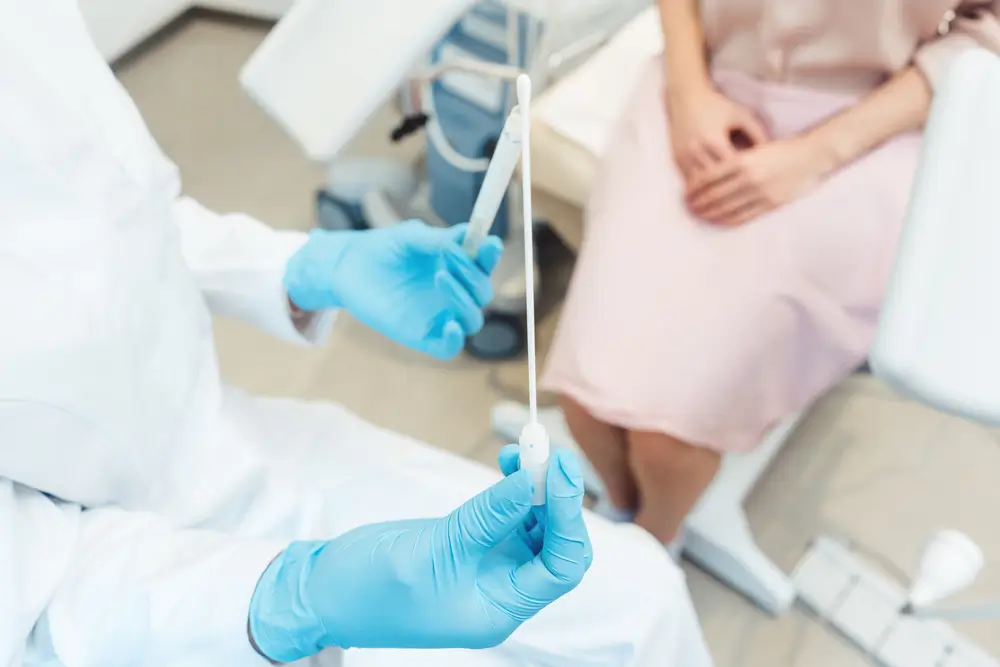Sexually transmitted diseases (STDs) are more common than many people realize, and they can affect anyone who is sexually active. While the idea of having an STD can be daunting, understanding the STD test procedure and knowing what steps to take can make all the difference.
Getting tested for STDs is a crucial part of maintaining your sexual health, whether you’re experiencing symptoms or not. Many people avoid testing due to fear, embarrassment, or uncertainty about what to expect. However, knowing how STDs are tested and understanding the process can help alleviate those concerns. The good news is that STD testing Methods is quick, confidential, and more accessible than ever. By getting tested regularly, you’re taking an important step toward protecting both your health and the health of your partners.
Why Choosing the Right Std Testing Methods Matters
Selecting the right STD testing method is essential for obtaining accurate results and ensuring effective treatment. The right Std testing methods ensures the infection is identified correctly, reducing the risk of complications and preventing its spread to others. By learning how STDs are tested, you can feel more confident and prepared to take control of your sexual health.
Aether Health offers confidential, reliable testing and treatment to help you stay on top of your sexual health. Our expert team is here to guide you through every step, from understanding your test results to providing treatment plans tailored to your needs.

Types of STD Testing Methods
When it comes to diagnosing sexually transmitted diseases (STDs), understanding the available testing methods can make the process less intimidating. Many people wonder, “How do they test you for STDs?” or How are STDs tested?” or “How do doctors check for STDs?” The answer depends on the type of infection being tested for and the symptoms you may be experiencing.
Blood Tests
Blood tests are one of the most common and reliable ways to detect STDs. They can be used to detect infections such as HIV, syphilis, and hepatitis. Blood samples are typically drawn from a vein in your arm, and the sample is sent to a lab for analysis.
- What do blood tests look for? Blood tests can detect the presence of antibodies or antigens, which are signs of an active infection.
- How accurate are blood tests? Blood tests are generally accurate and reliable, with some tests providing results within a few days. However, there can be a window period where an infection isn’t detectable.
Urine Tests
Urine tests are commonly used for testing for bacterial STDs such as chlamydia and gonorrhea. The test involves providing a urine sample, which is then tested in a lab to detect any infections.
- What do urine tests look for? These tests check for the DNA of the bacteria responsible for the infection.
- Are urine tests accurate? Urine tests are generally accurate, but it’s important to follow instructions carefully to ensure the sample is collected properly.
Swab Tests
Swab tests are often used to detect STDs in areas such as the genitals, mouth, or throat. This test is common for detecting infections like chlamydia, gonorrhea, and herpes.
- What does the test involve? A healthcare provider will use a cotton swab to take a sample from the infected area, which is then sent to a lab for analysis.
- How accurate are swab tests? Swab tests are generally accurate, but like with other tests, results can vary based on the timing and method of sample collection.
Physical Examinations
In some cases, a physical examination may be used in combination with other tests to check for visible signs of an STD. This is often the first step in diagnosing conditions such as genital warts or herpes.
- What happens during a physical exam? During a physical examination, a doctor will inspect areas of your body where STDs may show visible symptoms, such as sores, lesions, or rashes.
- Are physical exams necessary? While not always necessary, a physical exam can help diagnose conditions with visible symptoms, and it’s often used alongside lab tests for a complete diagnosis.
Rapid/At-Home Tests
Rapid or at-home STD tests are becoming increasingly popular for their convenience. These tests allow individuals to collect samples at home and send them to a lab or receive results quickly.
- How do rapid tests work? At-home tests usually involve collecting a urine sample, swab, or blood sample, which you then send to a lab. Some tests provide results in as little as 15 minutes.
- Are at-home tests accurate? While convenient, at-home tests may not always be as accurate as those performed in a clinical setting. It’s essential to follow the instructions carefully and consult a healthcare provider for confirmation.

Choosing the Right Test Based on Your Needs
When choosing the right STD test, there are several factors to consider. Here’s what you should think about when deciding on the appropriate method for you:
Type of sexual activity
If you’ve had unprotected vaginal, anal, or oral sex, certain STDs may be more likely to be present. Different testing methods may be recommended based on your activity.
Symptoms
If you’re experiencing symptoms such as pain, itching, or unusual discharge, a physical exam and swab test may be necessary.
Frequency of testing
If you’re sexually active, it’s important to get tested regularly. A healthcare provider can guide you on how often you should be tested based on your risk factors.
Partner history
If your sexual partner has been diagnosed with an STD, it’s essential to get tested, even if you’re not showing symptoms.
Frequently Asked Questions (FAQs) About STD Testing
Here are some answers to frequently asked questions about STD testing.
How often should one get tested?
If you’re sexually active, it’s a good idea to get tested at least once a year or more often if you have multiple partners or engage in unprotected sex. Your healthcare provider can recommend the best testing frequency based on your risk.
Can multiple tests be done at once?
Yes, many people opt for combination tests, which allow doctors to test for multiple STDs simultaneously. This saves time and ensures a comprehensive diagnosis.
What to expect during an STD test?
STD tests usually involve providing a sample (blood, urine, or swab) that is sent to a lab for analysis. The process is quick and simple, and your healthcare provider will walk you through the steps.
Are STD tests painful?
Most STD tests are not painful, though some tests may involve a small amount of discomfort, such as a blood draw or swab. However, these are brief and generally tolerable.
How long does it take to get results?
The time it takes to get your results depends on the type of test. Some results may take a few days, while others, such as rapid tests, can provide results in under 15 minutes.
What should I do if my STD test comes back positive?
If your test results are positive, the next step is to seek treatment. Many STDs can be treated effectively with medication. Early treatment is key to avoiding complications and reducing the risk of spreading the infection.

Take Charge of Your Health with Confidence
If you suspect you have an STD, don’t hesitate to take action. Early testing and treatment are crucial in managing your health and preventing further complications. With a variety of STD testing methods available, from blood and urine tests to swabs and at-home options, there’s a solution for everyone.
Contact Aether Health today to schedule your STD test and receive personalized care from our experienced team.



